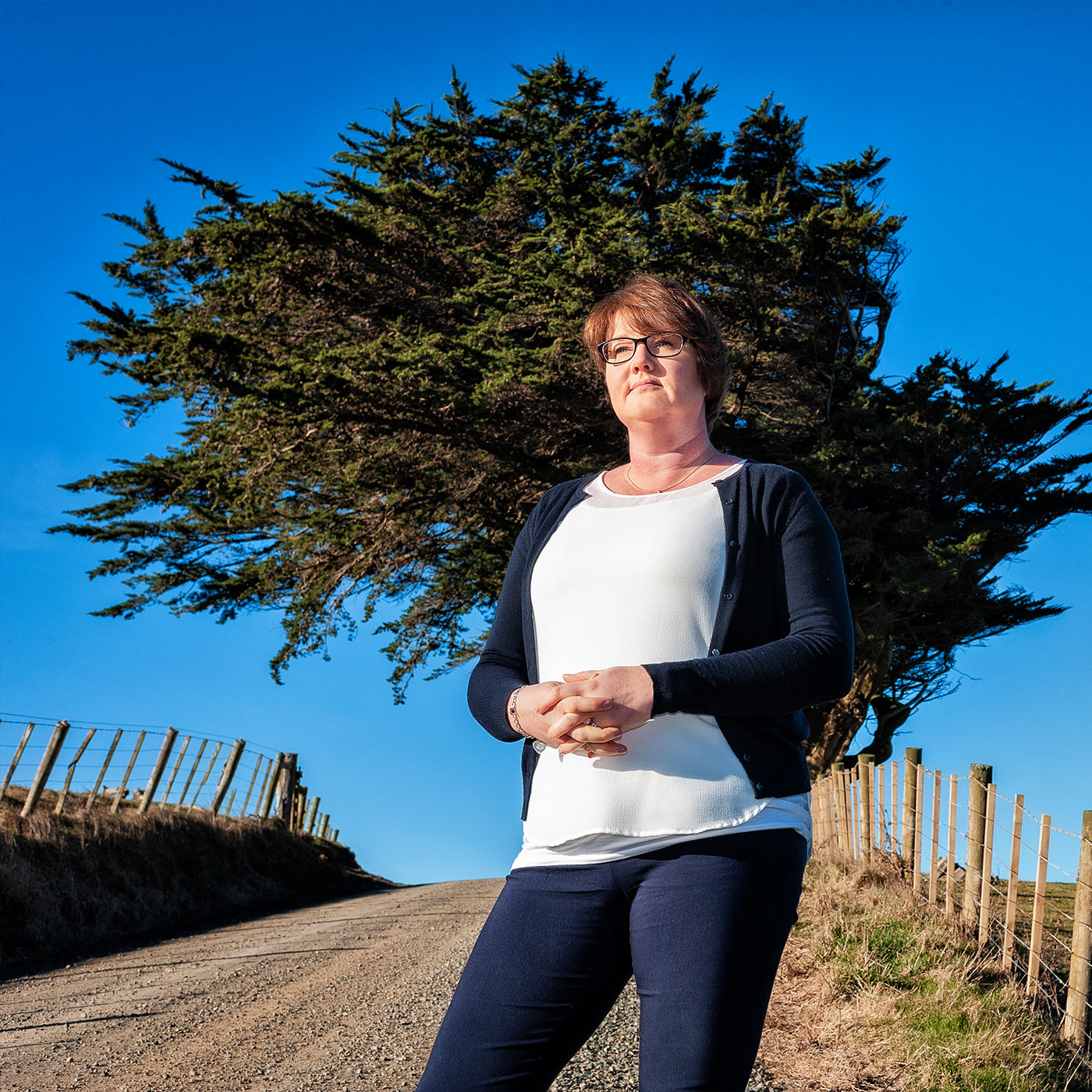Solar particles at play
Solar particles expelled from the Sun are responsible for spectacular polar auroras – and a lot more. Otago scientists are examining their role in regional climate variability as well.
Solar radiation's influence on Earth's climate is already well understood, but University of Otago scientists are leading the world in understanding the part played by solar particles fired out by the Sun, so that knowledge can be fed into climate simulation models.
Dr Annika Seppälä (Physics) says current models need more data to make sure they reflect all natural climate variability and the changes seen on a regional scale.
“When we run simulations looking at anthropogenic [human-induced] influences we need to have the background correct to then be able to say, 'okay, how are, for example, sea levels going to change; how are large-scale climate conditions going to change because of increases in greenhouse gases in the atmosphere?'
“To be able to do that as accurately as possible we need to have the background correct – and that's where the Sun comes in.”
Seppälä says the power from the Sun fundamentally provides all our energy and powers our climate. But the Sun also impacts Earth via the solar wind, the charged particles expelled from the Sun that slam into our atmosphere.
“We have observed that when the Sun is more active and chucking out more of these particles, there is an increase in ozone in the ozone layer area, which is amazing. No one had spotted that before.”
“The nice thing we see as evidence of that are the auroras in the polar regions, but these particles do other stuff in the atmosphere as well – and that varies a lot more than the solar radiation that comes in.
“In the past we really didn't understand this impact, but now we know it's a major source of variability in atmospheric ozone levels, so this is a natural variability that we need to understand.”
Those same particles that cause the auroras also deplete atmospheric ozone, Seppälä explains.
“Ozone is really important because it absorbs the incoming solar radiation and changes the temperature balance in the atmosphere. If you change the temperature balance, then you change the wind balance and that can cause regional-scale climate variability.
“We are trying to better capture this year-to-year variability so that when we are doing future climate projections, we can represent this natural variability and then put the human-induced effects on top of that and get a more accurate picture of what's going to happen.”
Understanding that will also give a clearer picture of how regions like New Zealand and Australia are likely to be affected.
While the ozone layer is currently healing, the particles that cause the auroras also generate what are known as NOx chemicals – mainly nitrogen, nitrogen oxide and nitrogen dioxide – and these are a catalyst for ozone loss.
But what Seppälä and her colleagues have discovered is that NOx can also react with and remove chlorine species, which are the main ones behind the ozone destruction.
“We have observed that when the Sun is more active and chucking out more of these particles, there is an increase in ozone in the ozone layer area, which is amazing. No one had spotted that before.”
Ironically, once the damaging chlorine goes, the particles which were breaking it down will then be able to act on the ozone, something not accounted for in simulations for the future.
“So, my question is can we capture this in the future projections to make sure that we are representing all the variability in atmospheric ozone as well as we can in climate simulations?
“We are going into a future where we won't have an ozone hole and we won't have the chlorine gases, and that is an atmosphere we've never observed before,” she says. “So how much loss is going to happen? We don't know.”
Funding
University of Otago
Dr Annika Seppälä: “We are trying to better capture this year-to-year variability so that when we are doing future climate projections, we can represent this natural variability and then put the human-induced effects on top of that and get a more accurate picture of what's going to happen.”
